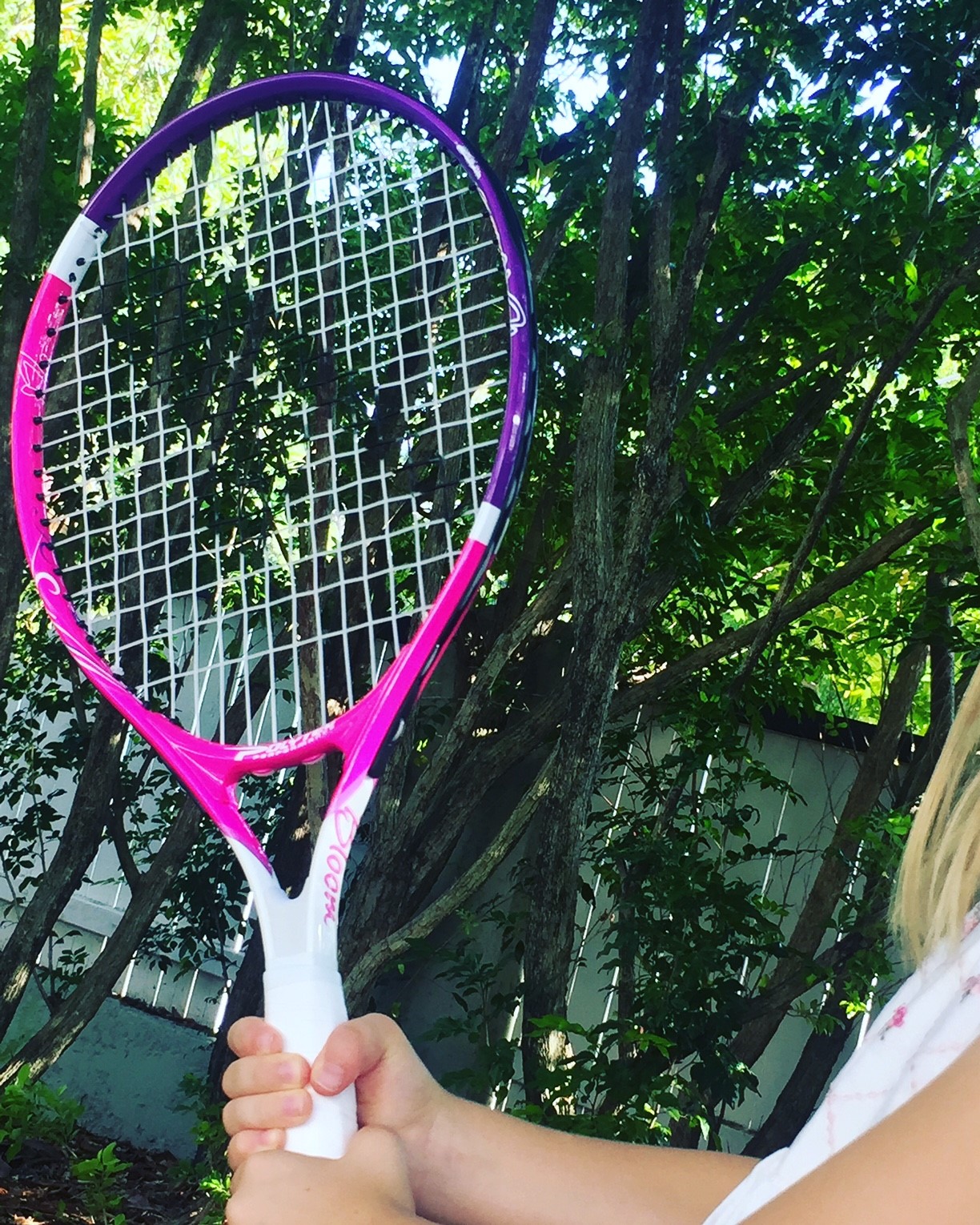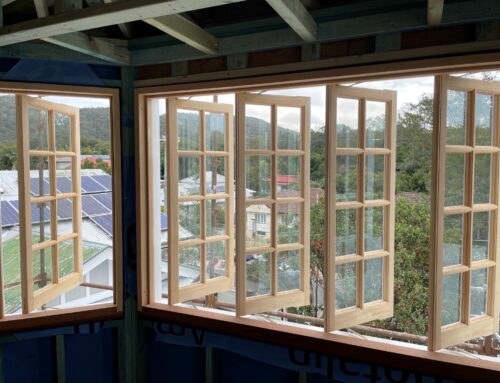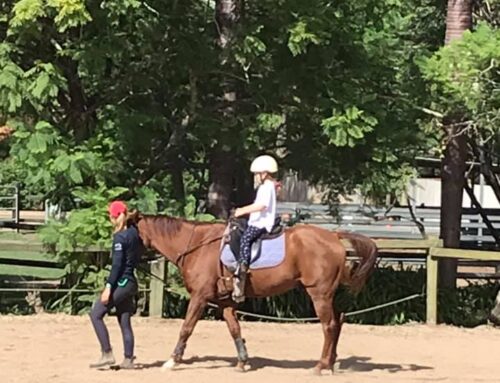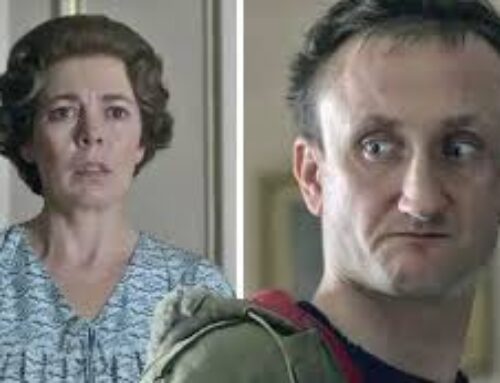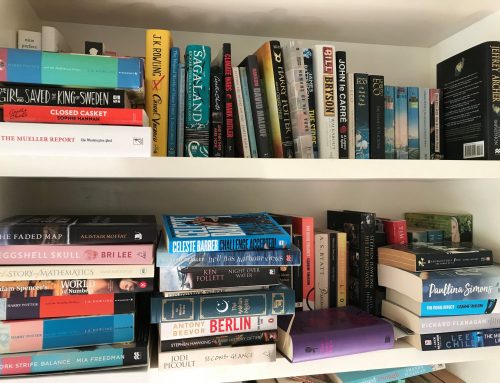This week I became a tennis mum for the second time.
As much as I like to think I could support my kids whatever their sporting choices – I am so relieved that tennis seems to be the sport of choice for my kids. An occupational hazard of being a personal injuries lawyer is a pathological fear of my kids taking up the sports I see most with work – horse riding and Rugby are the first to come to mind.
My daughter is still in a stage of blissful ignorance as to the limitations of her ability. She runs happily around the court unperturbed by air swings or tripping over her own feet. I just want to bottle this time of unbridled joy.
Nick Farr-Jones, former captain of the Wallabies and a solicitor, spoke at a Queensland Law Society Symposium years ago talking about why Australia punches above its weight in competitive sport. He said that he believed that it comes from a “give it a go” attitude we engender in our kids. Drawing on his own experiences with his brothers, he described running around in the backyard and being pressed to try seemingly impossible feats in cricket and football. He said if he ever hesitated, his brothers would say “give it a go ya mug”.
Obviously he did and the rest is history.
However, I think Nick’s perspective is coloured by his own ability. I don’t believe we do have a culture of “give it a go”. My experience is that, if you aren’t excellent at a sport, no one wants you to get in the way. Other countries do not have the same attitude. When I was an exchange student in Italy, social activities often involved active pursuits – dancing, snow shoeing, tobogganing and hiking were just part of life. Kids and adults would mix on an equal basis and even relatively elderly people could join in most of the time.
When it comes to activity and fitness, Australia seems to be a land of extremes. We have one of the highest obesity rates and perhaps the highest proportion of elite athletes per capita in the world.
I have acted for a number of elite athletes who have had their careers cut short by injury. Unable to compete at the highest levels, they have become completely sedentary and their injuries magnified by depression and grief. This is despite the fact that, in each of these cases, their injuries have not been so severe that they could not still live active lives – just in a different way.
We will all need to adapt our activities throughout our lives as age alters our abilities. Sport might be fleeting but an active life does not usually need to be.
For this reason, I believe it is imperative that we all spend a bit more time moving and a little less time trying to perfect our sports.

